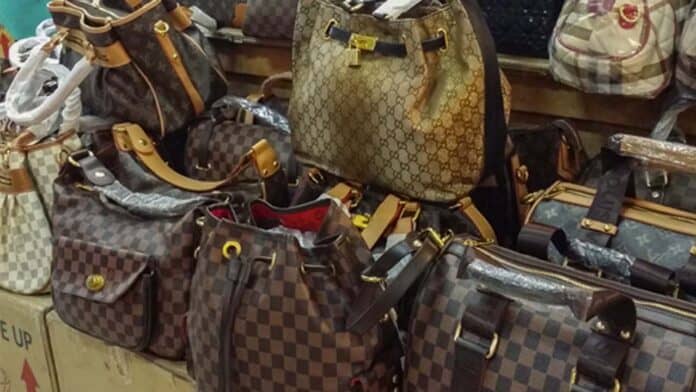The effects of COVID-19 took center stage in the Annual Intellectual Property Report that US Intellectual Property Enforcement Coordinator (“IPEC”) Vishal Amin issued on Monday. Detailing “the actions and activities taken over the past year by the US to promote, protect, and prioritize our… innovative economy,” the lengthy report states that in 2020, “We saw opportunistic criminals taking advantage of the coronavirus health crisis, which led to an influx of counterfeit personal protection equipment and medicines, as well as the proliferation of online scams,” noting that the US government “remain[s] vigilant in detecting, investigating, and prosecuting wrongdoing related to the crisis.”
Looking beyond COVID-specific impacts and initiatives, such as the Department of Homeland Security-convened “interagency working group” dedicated to “countering trade in counterfeit and sub-standard COVID-19 supplies, and ensur[ing] registration and recordation of related certification markings,” IPEC provides a snapshot of the role of intellectual property (“IP”) on the economy. The report states, for instance, that in the U.S., “Merchandise exports of IP industries grew to $842 billion in 2014, up from $775 billion in 2010; an 8.6 percent increase,” and that same year, IP-intensive industries collectively accounted for $6.6 trillion value added, or 38.2 percent of US GDP.
At the same time, the US IP Commission “estimates that counterfeit goods, pirated software, and theft of trade secrets, which includes cyber-enabled trade secrets, directly cost the US economy $225 to $600 billion annually, or 1 to 3 percent of GDP in 2016.” Meanwhile, a joint report by the OECD and EUIPO “estimates that trade in counterfeit and pirated goods stands at 3.3 percent of global trade,” with the country “most affected by counterfeiting and piracy in 2016” being the U.S., “whose brands or patents were concerned by 24 percent of the fake products seized,” followed by France at 17 percent, Italy (15 percent), Switzerland (11 percent) and Germany (9 percent).
As for the 2019 fiscal year, US Customs and Border Protection “processed $2.7 trillion in imports, including approximately 1.8 million small packages per day sent via international mail and express carriers,” among them were seized counterfeit goods with a total manufacturer’s suggested retail price of up to $1.5 billion had the goods been authentic.
Beyond setting the stage on the role of IP – and counterfeits – in the US economy, the report specifically addresses the activities of the US-China IP Criminal Enforcement Working Group, in furtherance of which the Department of Justice and US law enforcement (including ICE’s Homeland Security Investigations and the FBI) engages with Chinese law enforcement to address IP rights challenges. Established in 1983 by way of the US-China Joint Commission on Commerce and Trade, the joint initiative aims to “address the civil, administrative and criminal enforcement challenges caused by the rapid development of e-commerce,” and has resulted in “successful operations to disrupt the manufacture of counterfeit items, such as airbags, pharmaceuticals, batteries, electronic components, and luxury items,” according to the annual report.
Among the prosecution initiatives specified in the report, the Department of Justice “continues to prioritize IP investigations and prosecutions that involve (1) health and safety, (2) trade secret theft or economic espionage, and (3) large-scale commercial counterfeiting and online piracy,” increasing the “focus on IP crimes that are committed or facilitated by use of the Internet or perpetrated by organized criminal networks.”
With that in mind, the report highlights a number of significant large-scale piracy and counterfeiting prosecutions, a handful of which involve the trafficking and sale of counterfeit luxury and/or fashion/apparel goods, with Louis Vuitton, Nike, and Michael Kors wares among some of the most heavily cited.
The counterfeit fashion/apparel prosecutions specified in the report are as follows… The Fashion Law


